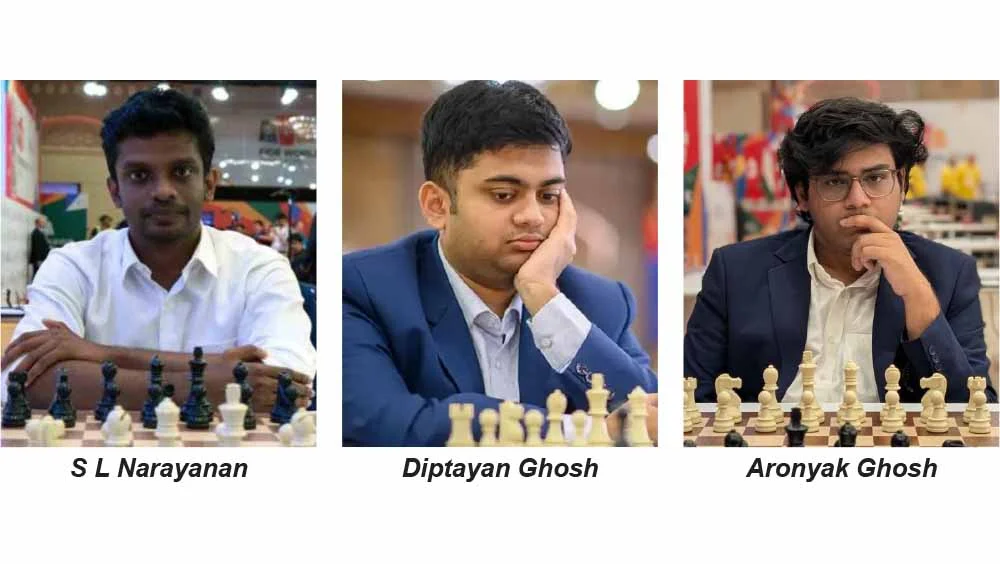Fixed deposits (FDs) have long been a favorite investment choice for Indian savers who prioritize stability, safety, and predictable returns. Even as newer investment options emerge, the humble FD continues to remain a cornerstone of low-risk financial planning. In October 2025, several banks—both public and private—are offering attractive interest rates, giving investors multiple options to optimize their returns while maintaining security.
Let’s take a detailed look at the best FD rates available this month, alongside expert strategies like laddering and diversification that can help you make the most of your investment.
Why Fixed Deposits Still Matter in 2025
In a world of fluctuating stock markets and volatile mutual fund performances, fixed deposits provide a cushion of certainty. They assure guaranteed returns, insurance coverage up to ₹5 lakh under DICGC, and flexible tenures ranging from 7 days to 10 years.
However, the trick to maximizing FD returns lies not just in choosing the highest rate but in structuring your portfolio smartly.
Expert Insight: Laddering and Diversification
According to Adhil Shetty, CEO of BankBazaar.com, “A combination of laddering and diversification helps, but it must be customized to suit the investor’s goals.”
Laddering involves spreading your FD investments across multiple tenures—say 1, 3, and 5 years—so you have liquidity at regular intervals. This strategy ensures that a part of your corpus matures every year, providing flexibility in case rates rise or you need funds unexpectedly.
Shetty suggests keeping 70% of your investment in major public or private sector banks or the Post Office Monthly Income Scheme (POMIS), which offers steady and secure returns.
Another 20% can be allocated to high-rated non-banking financial companies (NBFCs) or housing finance firms, as they often provide slightly higher yields.
The remaining 10–15% may go into government-backed options like Senior Citizen Savings Scheme (SCSS) or RBI Floating Rate Bonds to enhance returns without compromising safety.
Top FD Rates in October 2025
Here’s a breakdown of the best fixed deposit interest rates across small finance, private, and public sector banks in India this month.
1. Small Finance Banks (SFBs)
Small finance banks generally offer higher FD rates compared to traditional banks, helping investors earn better returns with minimal additional risk.
| Bank | Highest Interest Rate | 1-Year | 3-Year | 5-Year |
|---|---|---|---|---|
| ESAF Small Finance Bank | 7.6% (444 days) | 4.75% | 6.00% | 5.75% |
| Jana Small Finance Bank | 8.0% (5 years) | 7.25% | 7.5% | 8.0% |
| slice Small Finance Bank | 7.75% (18 months) | 6.25% | 7.5% | 7.0% |
| Suryoday Small Finance Bank | 8.2% (5 years) | 7.4% | 7.25% | 8.2% |
| Utkarsh Small Finance Bank | 7.65% (2–3 years) | 6.0% | 7.65% | 7.25% |
Verdict: Suryoday Small Finance Bank leads the chart with the highest rate of 8.2%, making it ideal for long-term investors seeking superior returns.
2. Private Sector Banks
Private banks combine reliability with competitive interest rates and digital convenience.
| Bank | Highest Interest Rate | 1-Year | 3-Year | 5-Year |
|---|---|---|---|---|
| Bandhan Bank | 7.2% (2–3 years) | 7.0% | 7.0% | 5.85% |
| DCB Bank | 7.2% (27–28 months) | 6.9% | 7.0% | 7.0% |
| Jammu & Kashmir Bank | 7.1% (888 days) | 6.6% | 6.75% | 6.5% |
| RBL Bank | 7.2% (18 months–3 years) | 7.0% | 7.2% | 6.7% |
| SBM Bank India | 7.5% (5 years) | 6.9% | 7.0% | 7.5% |
Verdict: SBM Bank India and RBL Bank offer among the best rates in the private banking space, ideal for medium-to-long-term deposits.
3. Public Sector Banks
Public sector banks are known for their stability, government backing, and widespread accessibility, though their FD rates are typically lower than private or small finance banks.
| Bank | Highest Interest Rate | 1-Year | 3-Year | 5-Year |
|---|---|---|---|---|
| Bank of Maharashtra | 6.7% (366 days) | 6.2% | 6.2% | 6.1% |
| Central Bank of India | 6.75% (2222/3333 days) | 6.4% | 6.25% | 6.25% |
| Indian Bank | 6.7% (444 days) | 6.1% | 6.25% | 6.0% |
| Indian Overseas Bank | 6.7% (444 days) | 6.6% | 6.2% | 6.2% |
| Punjab & Sind Bank | 6.7% (444 days) | 6.0% | 6.0% | 6.1% |
Verdict: Central Bank of India and Indian Overseas Bank offer competitive rates for those seeking safety with reasonable returns.
Choosing the Right Payout Option
One of the most overlooked yet crucial decisions while investing in FDs is choosing between cumulative and payout options.
- Cumulative FDs reinvest the interest, leading to compounding growth. Ideal for wealth accumulation over longer tenures.
- Payout FDs pay interest monthly or quarterly, ensuring a steady income stream—suitable for retirees or those relying on regular income.
Example:
For a ₹10 lakh deposit at 6.60% for one year:
- Cumulative: Maturity value = ₹10.71 lakh (Interest ₹71,693)
- Quarterly payout: ₹16,500 per quarter + ₹5,500 final = ₹71,500 total interest
- Monthly payout: ₹5,500 per month = ₹71,500 total interest
Over five years at 6.50%, the cumulative FD yields ₹13.7 lakh, compared to ₹13.25 lakh through monthly payouts—showing the compounding advantage.
Smart FD Planning Tips
To get the best out of your fixed deposit investments, consider the following:
- Compare across banks: Always check small finance, private, and public bank rates before investing.
- Use laddering: Split your FDs into different maturities to balance liquidity and higher returns.
- Reinvest smartly: Upon maturity, renew your FDs at prevailing higher rates instead of letting funds sit idle.
- Senior citizens: Take advantage of the 0.5% higher interest rate available to seniors.
- Tax awareness: Choose tax-saving 5-year FDs for deductions under Section 80C, but note the interest is taxable.










